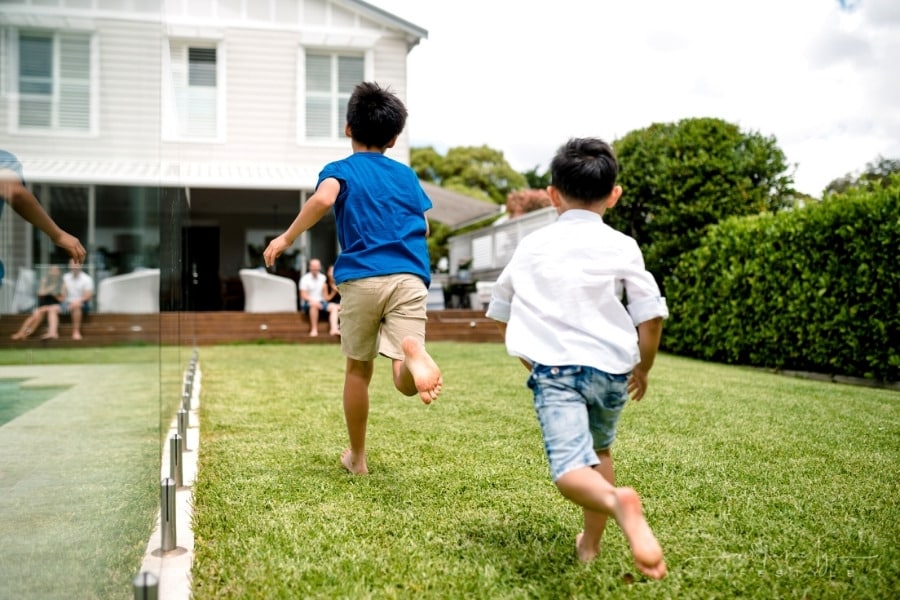Tips On Helping Your Child Deal With Obesity The Right Way
Being able to tell if your child is overweight isn’t the easiest or most straightforward thing.
Children grow at different rates and their body fat fluctuates with age and even differs between boys and girls.
Using a BMI (body mass index) calculator can be a good indicator of healthy body weight relative to height, and for children, you should specifically use the “BMI for age” chart. If your child weighs too much for their height, age, and sex, then there is a reason for concern.
Fortunately, there are a few things you can do to help them. As with anything, you need to consult your doctor to ensure that you give your child the best care you can.
Do not put your child on a weight loss diet designed for adults, as this can lead to malnourishment and even lead to further issues in the future.

Without further ado, here are a few ways you can help your child deal with their obesity.
1. Find a Weight-Management Program
Finding a weight management program for an adult is tricky, so you can imagine there are all sorts of other things you need to look out for when it’s for your child.
A weight management program is a precursor to things like gastric bypass surgery which could become necessary if your child is not losing enough weight. A good program will include access and assessments to a variety of healthcare providers including doctors, psychologists and registered dieticians with experience in child obesity.
These people should monitor your child’s weight, and height at the time so that it can be evaluated as they continue to grow, and overall health at the beginning of the weight management program until completion.
It should be specifically tailored to your child and their needs and should be manageable for them at their age. A teen and a kindergartener should not be on the same diet.
Finally, the program should help your family as a whole foster better eating and lifestyle habits to help everyone live a healthy, happy lifestyle after the program comes to an end.
2. Help Them Develop Healthy Habits
As a parent, you play a massive role in helping your child develop healthy habits. Teaching them about drinking enough water, getting enough exercise by playing games outside, and getting enough sleep at night so that they can grow big and strong are all part of helping them understand the importance of developing healthy habits.
A great exercise to do with your kids is to take them shopping and let them pick out a few healthy snacks as well as one slightly less healthy one.
This way you teach them that they can have a balanced diet and still enjoy a few unhealthy things in moderation. It teaches them discipline and helps them enjoy meal times because they played a role in choosing meals.
Remember, children copy what they see you doing, so if you say it, you’ll have to stick to it yourself. As a parent you are a role model, so keep this in mind.
3. Make Healthy Substitutions for Unhealthy Foods
Introducing substitutions for unhealthy food items can be tricky, but it isn’t impossible. These days, there are tons of healthier options on the market, making it easier than ever to find yummy, healthier substitutes for their favorite foods, snacks, and beverages.
Using lean meats to cook their favorite meals and offering them smaller portions of food are good places to start. Some children will finish whatever portion size you put on their plate, even if it is way too much for them.
The idea behind giving them smaller portions is that you give them the option to ask for more if they need it, rather than expecting them to finish everything that is on their plate. Use low-fat and fat-free alternatives for dairy products, and try to drink more water than sugar-filled soft drinks.
If you have a snacker, put the healthier snack on the lower shelves where your kids can reach them and the unhealthy stuff up high and out of sight. Out of sight and out of mind is a great way to curb unhealthy cravings and to help them with impulse control.
4. Help Them Be More Active
Being active is one of the most important parts of a child’s weight loss journey. They have to have at least an hour of physical activity a day.
You can start this slowly by encouraging 15 minutes of play at a time, but still enforcing the 1-hour-a-day rule. Let them play outside with the dog, splash around in the pool, kick a ball, etc.
Find something they enjoy doing and encourage them to do it.
Weight loss is difficult for adults and can be even harder for children who don’t understand.
Always remember to praise them for the little wins and to stick to a healthy diet.


